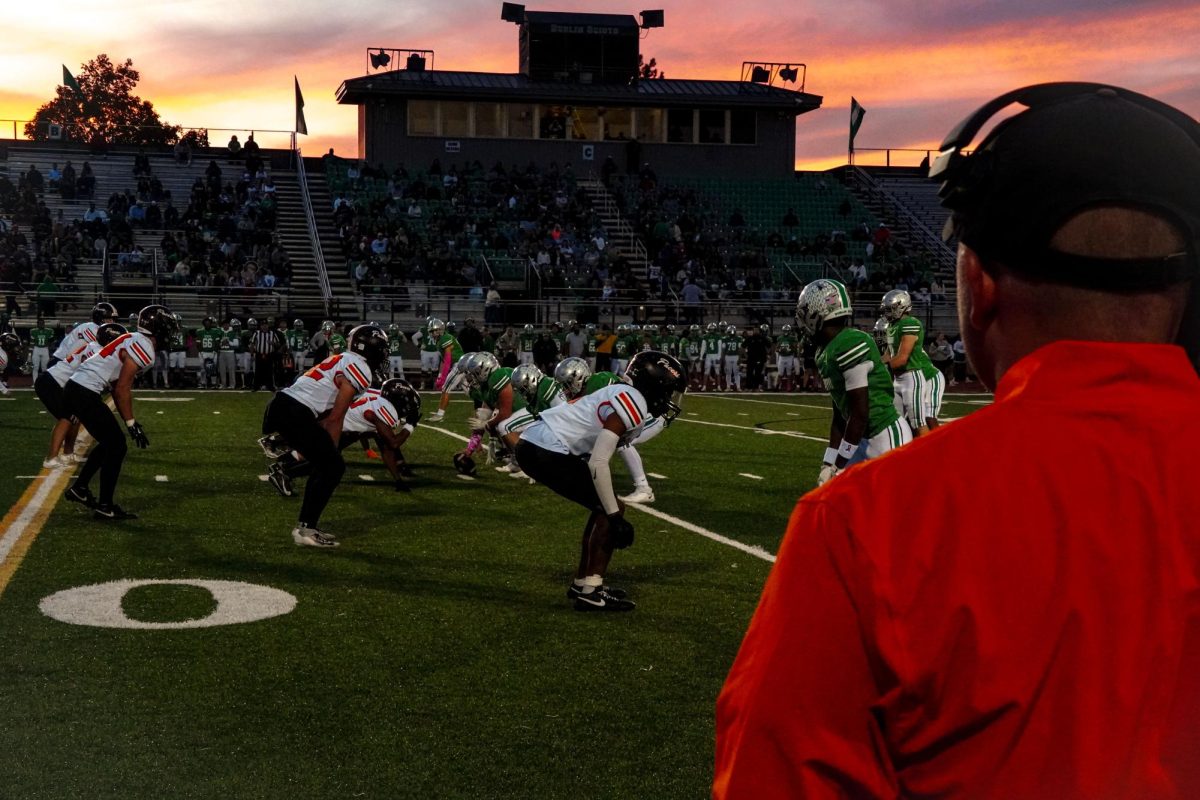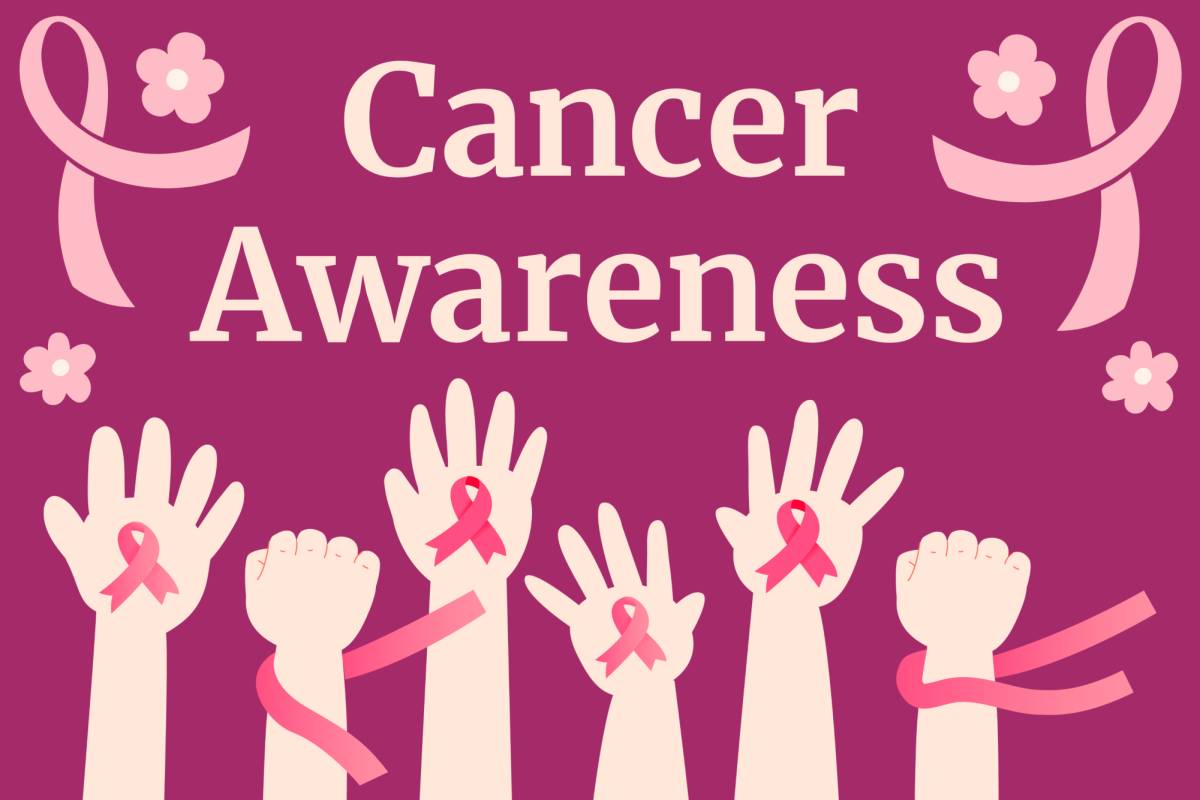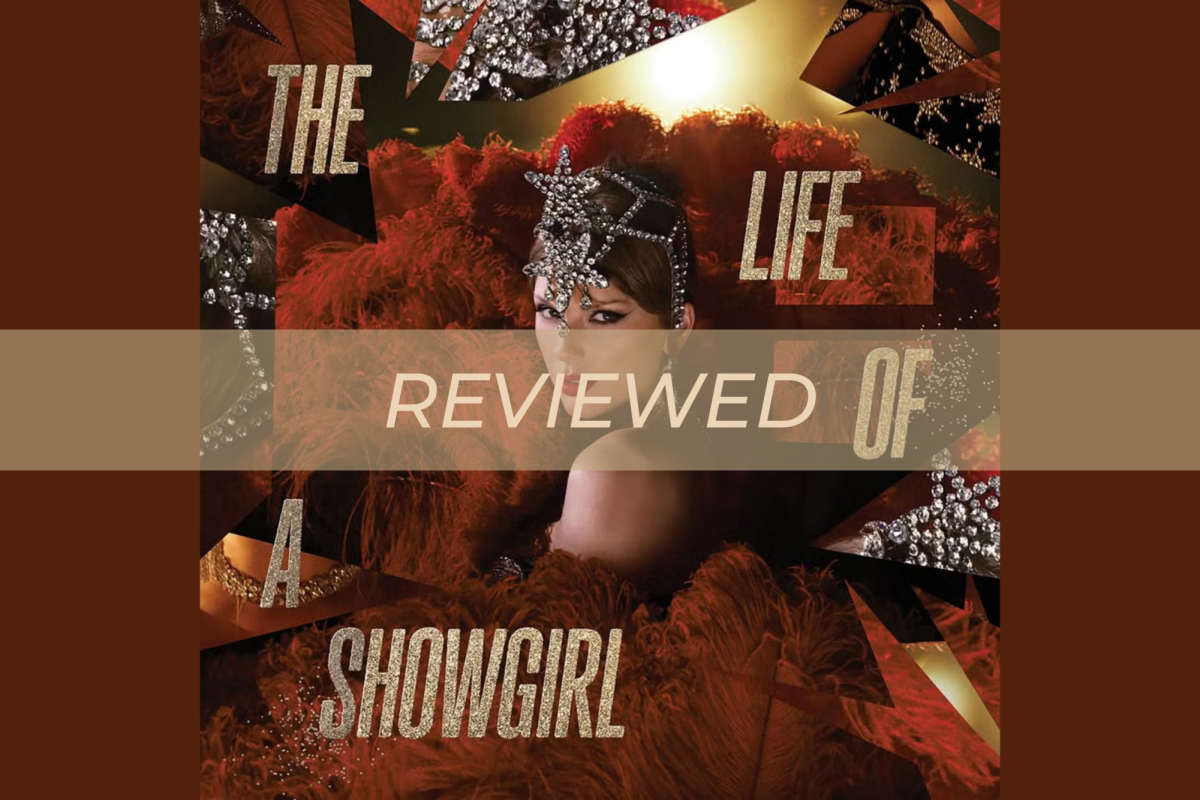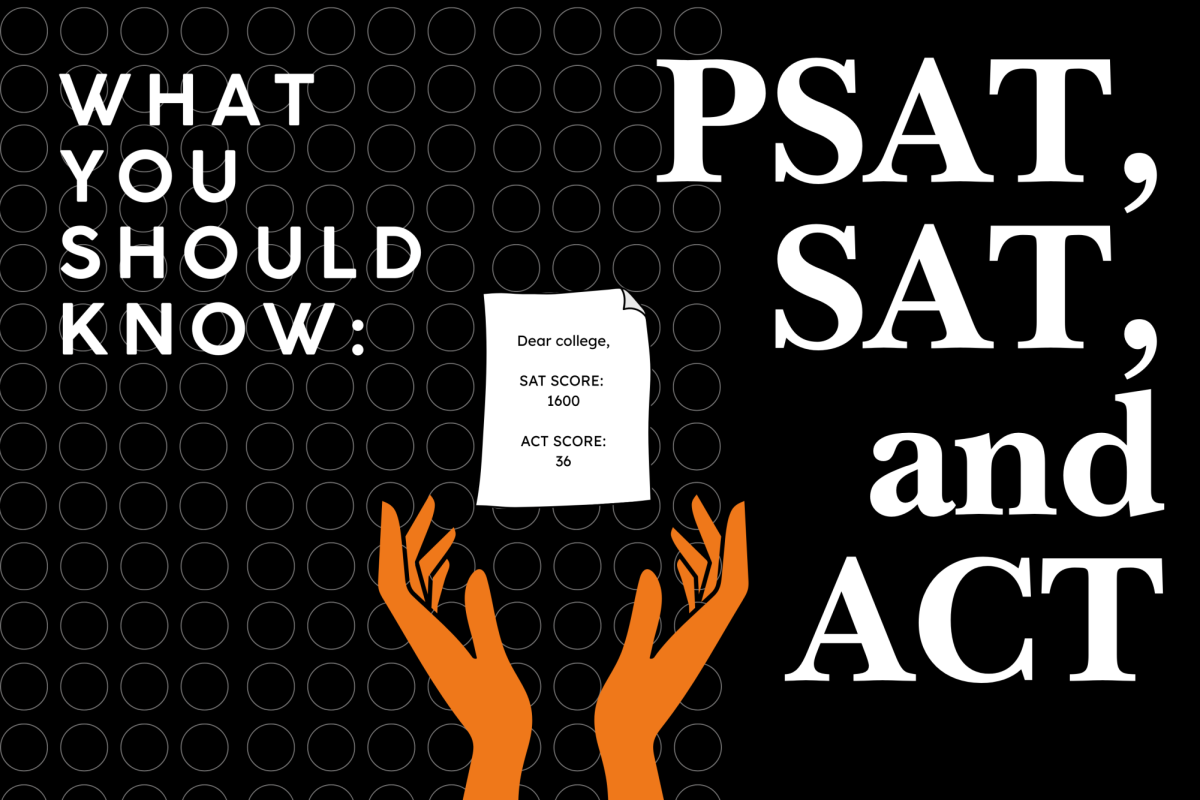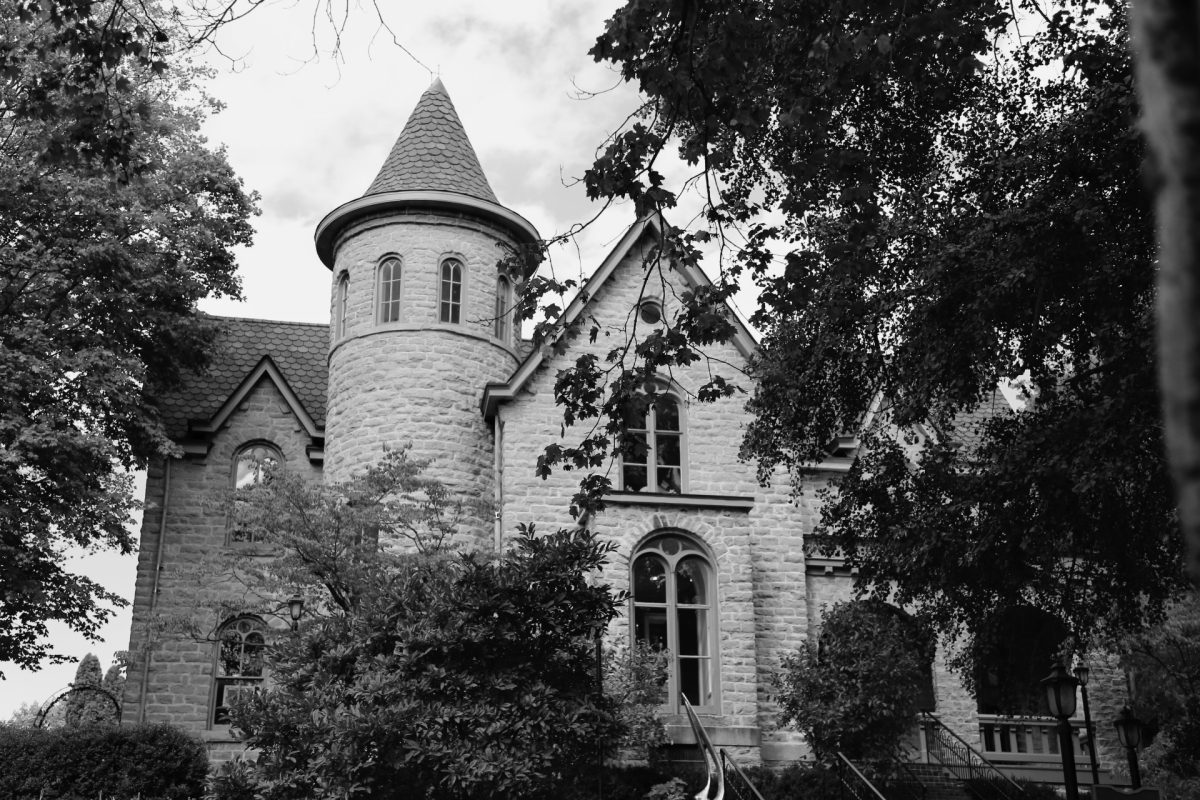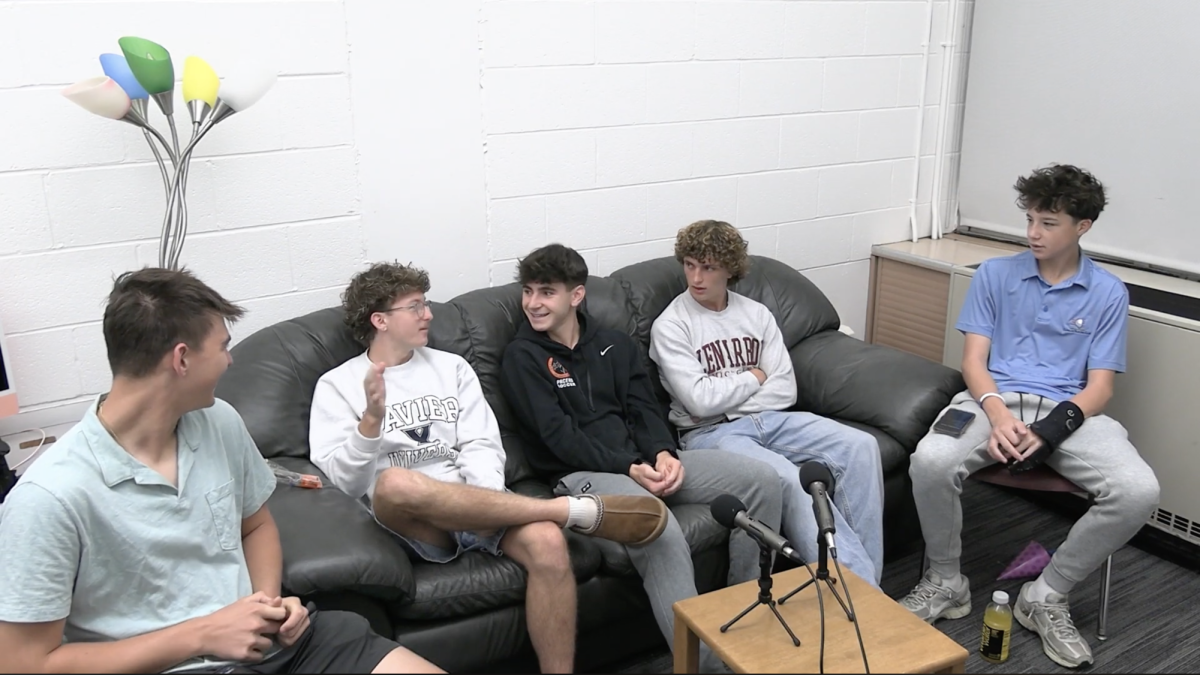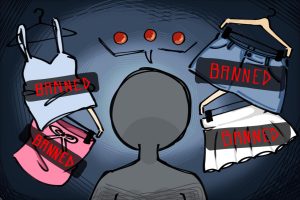How we failed Britney Spears
Britney Spears poses for photoshoot in 1999. Since topping charts as a 17-year-old pop sensation, Britney faced a spiral of incidents that kept the media focused on her presence.
May 14, 2021
The first question asked by the host of “Star Search,” after Britney Spears gave her dream debut performance of the Judds’ “Love Can Build a Bridge,” was “do you have a boyfriend?” It is clear what the trajectory society has for young talented girls is limited to.
Spears kindly answered “no sir,” and when asked for an explanation, she aptly put “they’re mean.” This feeling transitioned as 16-year-old Britney first appeared in the spotlight, debuting with her single “…Baby One More Time,” which suggests the return of an ex-boyfriend.
This title track of her first album reached No. 1 on the Billboard Top 200, pushing Spears to the top of teen pop music. Only months later, the young star was in the attention of the media for a risqué photo shoot for the April 1999 Rolling Stone cover, posing in her childhood bedroom with her dolls and holding a Teletubby, reminding us of her present adolescence as a 17 year-old.
Since the photo depicts Spears dressed only in small pajama shorts and an unbuttoned top, the advertisement of this new pop princess was hyper-sexualized from the start. The article’s headline, “Britney Spears: Inside the Heart, Mind, and Bedroom of a Teen Dream,” only alludes to the access instantly granted toon emerging female stars like Spears.
In The New York Time’s film“Framing Britney Spears,” the film rationalizes this explicitness as Spears’ own desires as a feminist icon, defending the “…Baby One More Time” music video as an image of a girl in control of her body and her feelings, reflecting the desires all teen girls must have.
Spears has expressed her confidence in doing what she wants to do whether the media wants to sexualize it or not, but it makes me think of how damaging it must be that no matter where her initial desires are rooted in, there’s a pattern to what is successful. It begs the question, does this confidence stem from intrinsic motivation or the lure of money?
In 2011, David LaChapelle, the photographer of Spears’ first Rolling Stone cover rehatched on the photoshoot, defending his position in the shoot.
“I said, ‘Let’s push it further and do this whole Lolita thing.’ She got it. She knew it would get people talking and excited,” LaChapelle said in the Rolling Stone.
In an interview with Gentlemen’s Quarterly, questions ignored her discomfort discussing her appearance and sexuality, and when asked when she first knew she was a sex symbol, Spears said she doesn’t “like being called a sex symbol,” but added that it was the Rolling Stone shoot with LaChapelle.
“To be totally honest with you, at the time I was 16, so I really didn’t [know what I was doing],” Spears said in GQ magazine. “I was back in my bedroom, and I had my little sweater on and he was like, ‘Undo your sweater a little bit more.’”
According to LaChapelle, Spears was fully involved in the shoot and comfortable with their ideas. The problem is, how could we let these ideas be introduced by adult men to a teenage girl for her first big-time shoot, be a defining moment for her early kickstarting career? Expressing sexuality at the core of her career isn’t what failed Spears. SIt’s society that has failed Spears by keeping her in this box and defending her position as something she has full control over, blaming scandals and controversies on Spears herself, as if she had any say.
Described by Tavi Gevinson in an editorial “Britney Spears was Never in Control,” Spears’ portrayal demonstrates an archetype of a innocent virgin child entertaining audiences as a young sex icon that would, and did, face scrutiny for any rumored real sexual experience. In this way, we’re no longer respecting her sense of expression if this truly becomes her expression, but solely respecting her behaviors as it serves the masses in creating a desired image for teen girls.
Enabling Spears into this role kept her as a point of interest in celebrity scandal watch, and the media continued criticizing later albums and photo shoots that expanded on her sexual image. Her success continued, releasing more Billboard No. 1 hits, and five more Billboard No. 1 albums. But this success only heightened the media’s inspection of her.
After giving birth to her son in 2005, Spears was constantly bashed for slip-ups in how she parented her children. While most people couldn’t imagine the feeling of urgency while carrying a child through swarming cameras, still Spears was repeatedly labeled as unfit. This captioned the paparazzi photos that surfaced of Spears driving away with her baby on her lap. While there is not full disclosure on how she cared for the care of her children, it was publicly known when Spears lost custody of her children in 2007 to ex-husband Kevin Federline.
The uptick in relationship surveillance and judgement of Spears’ emotions weighed heavily on herSpears’ behaviors. After fleeing from a rehabilitation facility shortly after checking in, Spears’ implored Federline to allow her to see her children, a request he declined, which led to a decision that is one of the most memorable Spears moments.
Spears entered a salon and requested to shave her hair off, quickly taking initiative and giving herself a buzzcut. Paparazzi captured everything, following the star to a gas station and photographing the hooded, shaved pop sensation hitting the side of a paparazzi car with an umbrella.
“Britney’s Meltdown,” “Time Bomb,” “Edge of Breakdown,” blasted across tabloids with Britney holding clippers to her half-shaved head, smiling. The mental instability is a waving red flag, and the tabloid headlines are rather unimpressive at any real diagnosis of why she committed to doing such a thing.
Spears shared in interviews after the matter that she was “sick” of people touching her hair. The straining of paparazzi and the many people who had control over Spears’ life overlapped with a very personal struggle with custody and a difficult mental state, sending Spears into a mode of panic that should be taken as a cry for help. Spears was admitted into a psychiatric facility and put under 50150 hold and examination of mental health.
While Spears was able to regain some stamina for her career in performances and record releases, her career took a halt under a conservatorship that began in 2008 after Spears’ public incident. The conservatorship began under her father, Jamie Spears.
The NYT documentary focuses on the specifics entailed in the court documentation of the conservatorship, adding emphasis on Spears’ disapproval of her father’s designation as her conservator. The conservatorship gives her father control over Spears’ finances and personal choices. Since being under the conservatorship for 13 years, Spears’ production has significantly scaled down into a hiatus from recording and performing.
Her activity on Instagram has received recent attention as posts led fans astray with questionable captions and reposts of pictures or dancing videos, creating a hike in interest in Spears’ conservatorship, strengthening the “Free Britney” movement that began in 2009. Supporters argue for Spears’ right to no longer be under the conservatorship.
While a conservatorship holds a rational purpose that is legally obtained and served its purpose for the time, the introduction followed Spears’ very public breakdown and has continued for 13 years. While Spears’ financial and personal decisions are legally controlled by her father, the past year has been full of court hearings as her father’s lawyers decline Spears’ challenges to uplift conservatorship.
By legal definition, Spears does not have full control over her life, but this has always been the case. Since the start of Spears’ career, the media and music corporation has controlled the course of her career and in parallel has praised and ridiculed her image. It’s an image people like to believe is of her own creation, not something audiences expected from the moment a teenage girl walked into the scene.
Young Spears dancing in school halls with a pleated skirt and knotted button-up shirt should not be degraded as a means to rationalize behaviors from an audience that was no longer just teen girls. It’s an effort to cover up a disturbing truth.
We can’t be so ignorant to believe that centering an image on a young woman’s exploratory sensual side was a decision that was only hers. The media’s harsh analysis of girls and women is practically strategized to reproduce society’s preferences of women.
And it’s somehow surprising to see their crippling mental health move to the surface of their image, so coverage lacks respected encouragement for rehabilitation support or a proper analysis of her mental well-being, all reduced to a ‘pop star on a tantrum’ recap, while simultaneously feeding into society’s desperation to see when child stars like Spears will fall.
Why would the media take any responsibility for their projected desires of beauty and teen perfection? Especially after it’s been tampered with by the girl most successful in the job showing the public that ultimately, the job is unrealistic, and it’s a job that she really has never had full control over.







